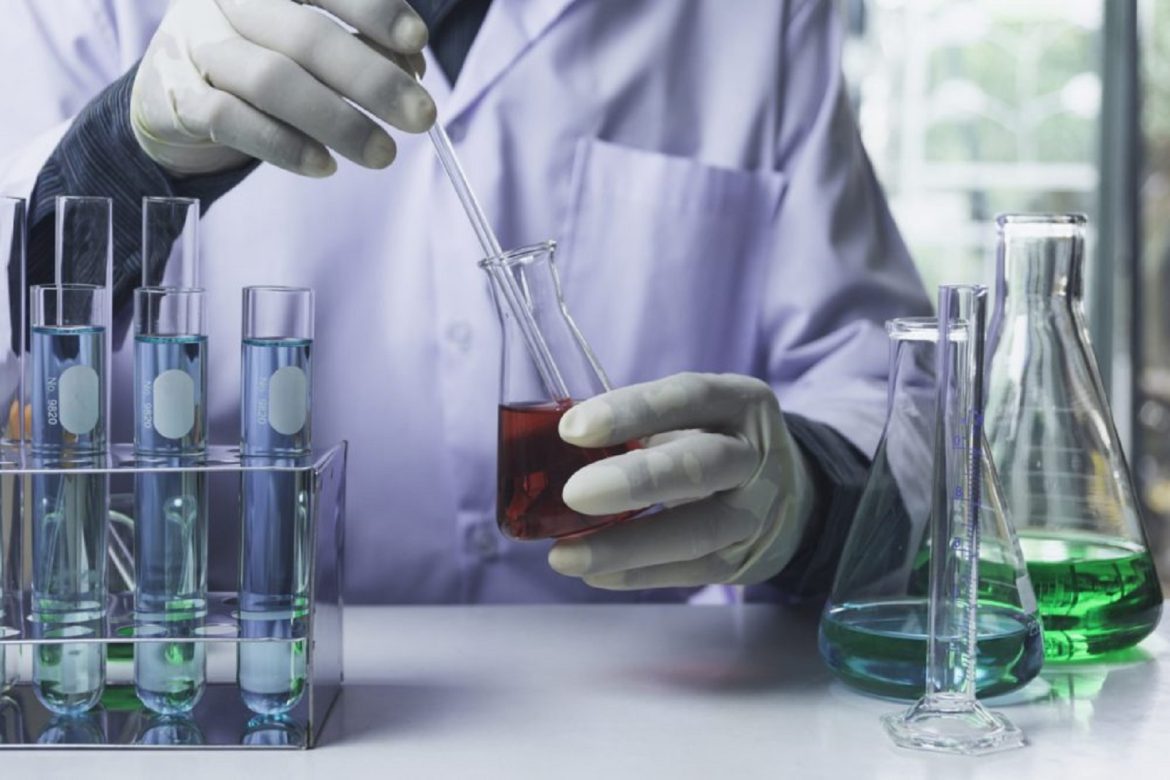There are certain commonly injured areas of the human body that are composed of soft tissues, such as skeletal muscles, ligaments, and tendons. It is possible to sustain a musculoskeletal injury during sporting and regular activities. Most injury complaints, especially those of a sporting nature, are caused by a partial or complete breakdown of the fibers that make up the functioning tissue or ‘musculotendinous unit’. There are a few factors that determine the healing ability and period of recovery for these tissues. A few of these factors include the tissue’s cell structure and vascular nature.
What did the Figures Reveal?
The United States reports 33 million musculoskeletal injuries every year, with half involving tendon and ligament injuries. In the United States alone, 300,000 ligament and tendon repairs are performed every year. The prevalence of injury is also reflected in professional sporting populations, with skeletal muscle/tendon injuries representing 45% of all diagnosed injuries.
There is therefore a need for a therapy that reduces the social and economic burden resulting from debilitating and repeating soft tissue injuries.
Musculoskeletal Conditions & Injuries :
Worldwide, low back pain is the leading cause of disability caused by musculoskeletal conditions. Conditions and injuries of the musculoskeletal system don’t just affect the elderly – they affect people of all ages. An estimated one out of three to one out of five individuals, including children, suffer from musculoskeletal pain and disability.
A musculoskeletal condition greatly limits mobility and adroitness, resulting in early retirement from work, diminished wealth accumulation, and diminished ability to participate in social situations. Musculoskeletal conditions comprise the majority of non-cancer persistent pain conditions.
TB500 A Potent Therapy Option :
Presently, a variety of therapies are being tested and developed. Various growth factors associated with healing are manipulated and administered in animal models. In vivo instability, biocompatible and resilient carriers, and minimal application sites – both local and direct – are limitations of this technology. According to all accounts, TB500 peptides are somewhat unrestricted by the limitations of past treatments, a potential remedial treatment.
TB500 Is The Best Peptide :
According to evidence, the peptide may be the best peptide for healing injuries (ligaments, tendons, etc.). Here’s a brief overview:
TB-500 peptides Canada is a synthetic fraction of the protein thymosin beta-4, which is found in every single human and animal cell. This peptide promotes healing. Furthermore, it promotes the formation of new blood and muscle cells.
Ligaments, tendons, muscles, skin, the heart, and the eyes have all been shown to heal with peptides. In damaged tissues, thymosin beta-4 is normally produced in higher concentrations. Additionally, this peptide has a strong anti-inflammatory effect.
Conclusion
The TB500 is an emerging therapy option that has shown greater benefits, especially with regard to growth and strength. Furthermore, studies have shown that the peptide has potent healing and protective effects on joints, bones, and connective tissues. The peptide reduces inflammation in a variety of tissue types, and joints relax muscle spasms and improve endurance and strength, among other benefits.
Read more articles, here

